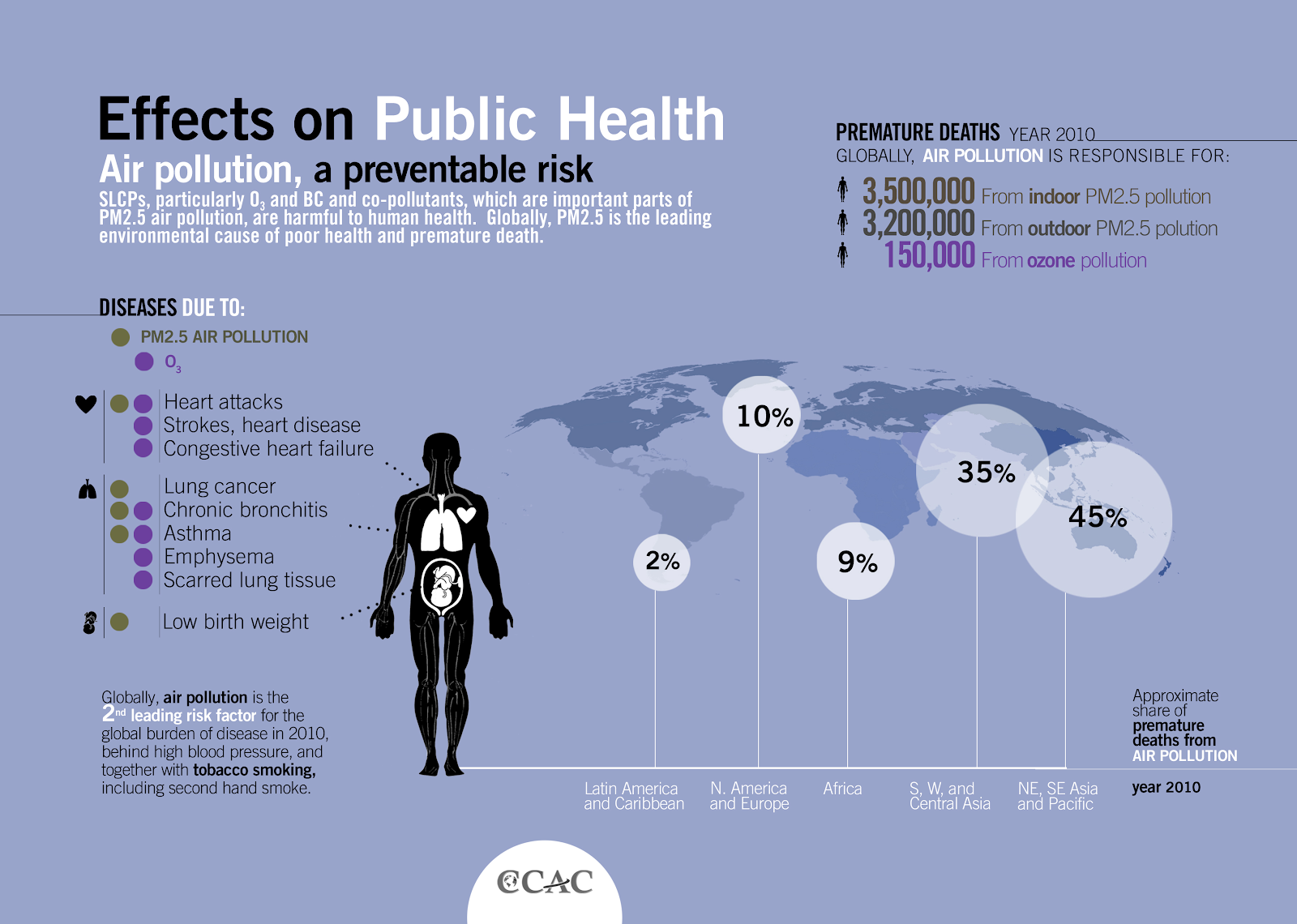 |
| Image source: nrdc.org |
This blog shares several facts that are worth looking at:
1. The biggest environmental risk of early death
It might surprise you to find out that air pollution is the biggest environmental risk of early death. Statistics show that this is responsible for 1 out of every nine deaths. That points to about 7 million deaths each year, and it is worth noting that this is more than the annual fatalities due to HIV, notes Martin Sanders.
2. More widespread than you would expect
There are 500,000 deaths related to air pollution each year in Europe, while there are 300 million people who live in places that have been tagged to have extreme air pollution. These places include India and China, where toxic fumes are six times higher than international guidelines.
 |
| Image source: grida.no |
3. A warning on tiny particles
According to experts, the most dangerous type of air pollution is characterized by the presence of tiny particles. They cause serious damage to the lungs, but this is the bare minimum damage they can cause. When these enter the bloodstream, they can poison various organs inside the body. Often, these are made of nitrates, sulfates, and mineral dust.
Capt. Martin Sanders, Ph.D., is a scientist and a commissioned officer of the U.S. Public Health Service. He continues to provide his expertise in public health and occupational safety by acting as a consultant. For updates, visit this page.
Disclaimer: This site was prepared by Martin Sanders in his personal capacity. The opinions expressed are the author's own and do not reflect the views of the USPHS, the Department of Health and Human Services, or the United States government.